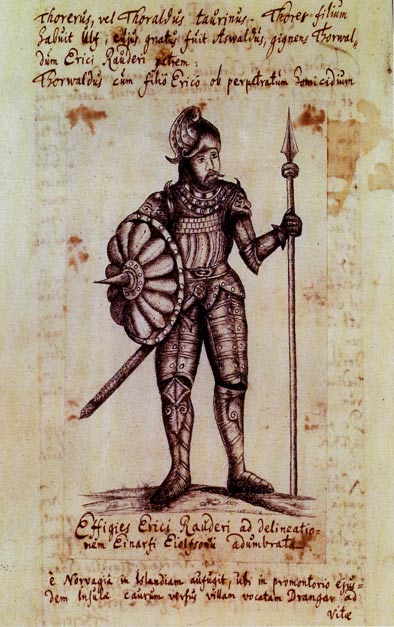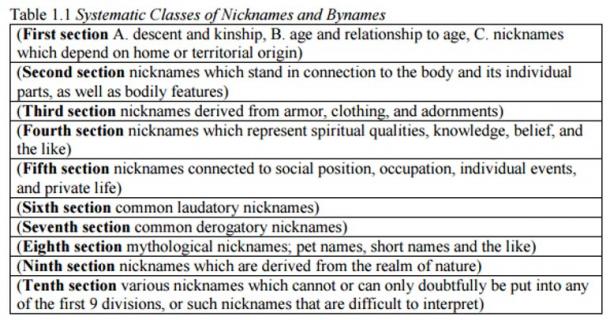From Olafir Thick-Legged to Ragnar Fur-Pants
An American scholar did both his master’s thesis and his doctoral dissertation on old Norse nicknames as recorded in medieval literature to reveal a world of people with monikers like Wise of Dreams, Harm-Fart, Autumn Darkness, Toil-Skull, Grimacer and The Ridiculer. A nickname in Scandinavia during Viking times could be insulting or laudatory, derived from body parts or mythology, from places or accomplishments or from a number of other inspirations.
Aside from boxing’s Ray Boom Boom Mancini, Carl The Truth Williams, and Smokin Joe Frazier, modern nicknames such as Al or Annie seem prosaic compared to some of the monikers Vikings came up with to describe their contemporaries.
While modern people may use nicknames out of affection, in the Middle Ages in Scandinavia that wasn’t always the case. Take Eysteinn Harm-Fart, Hergils Button Ass Thrándarson, or Authun Coward, for example. One might wonder if Mr. Eysteinn, a settler in Iceland, was given to drinking copious amounts of beer.

A woodcut of Erik the Red from a 1688 book (Wikimedia Commons)
“Nicknames are universal, every human society has had or has them,” Paul Peterson, an expert on Scandinavia, wrote to Ancient Origins in e-mail. “Most other medieval societies had, or recorded, fewer nicknames, even though the practice of adopting family names or surnames is a bit late in the game (late medieval continental practice),” Dr. Peterson wrote. “Nicknames must have been everywhere, but only a tiny sample of them survives in writing.”

A table of Norse nickname sources from Dr. Peterson’s doctoral dissertation
Though some nicknames were insulting, there are many examples of poetic or laudatory nicknames in old Norse literature. There are The Fair or The Handsome, Snowdrift, The Wise of Dreams or Dream Interpreter, Little Bear, The Learned and Autumn Darkness. Other poetic nicknames include Widow of the Heath, Traveler to Limerick, Sun of the Islands, The Quiet, The Amorous.
While world monarchs often had an informal appellation applied to them, such as “the Good,” “the Great,” “the Terrible” or “the Short,” some of the most expressive Norse nicknames were reserved for non-royalty.
Dr. Peterson did his master’s thesis and doctoral dissertation, which is available to read in its entirety here, specifically on old Norse nicknames. He received his doctorate in Medieval Germanic Studies from the University of Minnesota and is now a teaching fellow in Scandinavian and German at Augustana College in Illinois. He is a member of the International Council of Onomastic Sciences. Onomastics is the study of names.
The post From Olafir Thick-Legged to Ragnar Fur-Pants appeared first on LewRockwell.
Leave a Reply